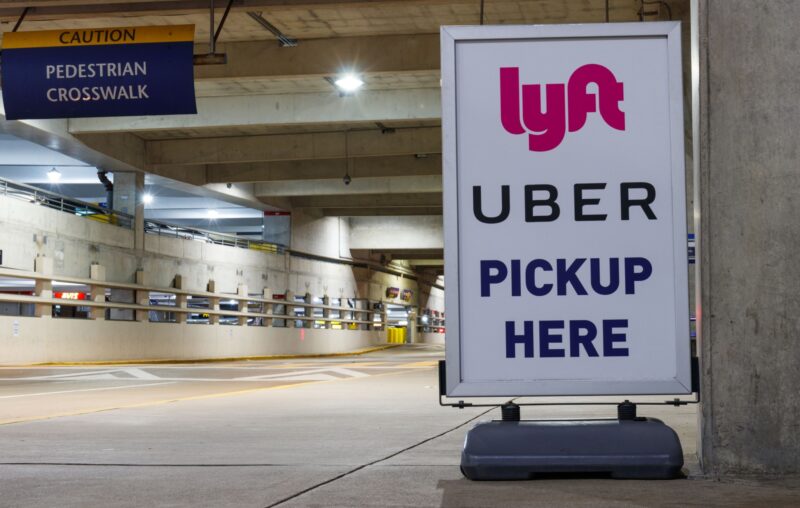Uber and Lyft Drive Out of the Twin Cities

Late last week the Minneapolis City Council passed an ordinance to increase ride-share driver pay to $1.40 per mile and 51 cents per minute while carrying a passenger. Mayor Jacob Frey vetoed the measure, but the Council took little time in overriding that veto in a 10-3 vote.
“This is a David and Goliath story,” said Robin Wonsley, a Council member who helped author the policy. And she’s right. It is absolutely a David and Goliath story. She just has the players incorrectly cast.
The situation in Minneapolis is a near-perfect microcosm of the minimum wage debate as it has played out in the United States over the past couple of decades, the fact that ride-share drivers are independent contractors, notwithstanding. The players are always the same: capital, labor, and politicians. Capital wants labor costs as low as they can possibly be. Labor wants wages as high as they can possibly be. And politicians want to appear as though they are doing the right thing in order to win, or even buy votes. It has ever been so.
So what has happened in Minneapolis, and what typically happens? In short, workers either agree to take jobs at the wages they are offered or they don’t. If enough of them refuse, wages necessarily rise. Why? Because when the supply of something goes down, and demand doesn’t change, the price rises. This is as true of labor as it is of Taylor Swift tickets. Left to their own devices, employers and workers will inevitably come to an answer that serves both of their interests. But that sort of mutually beneficial arrangement has never made politicians all that happy, as it invariably proves that people don’t need them all that much.
So what do they do? They mandate things. Because all government can do in the end is mandate or forbid things.
In the case of labor, government mandates certain wages, regardless of what the parties to the employment agreement would have agreed to if left alone. This happens at the federal level, where the minimum wage is $7.25 an hour, at the state level, where it varies from the federal minimum to Washington’s $16.28 mark, and in Washington, DC, which has the highest minimum wage in the United States at $17 an hour.
When costs go up, the money to pay for the increase can only come from one of three places: customers paying higher prices, business owners earning less profit, or workers being laid off, losing work hours, or losing benefits. This is as true of labor costs as it is with hamburger meat, electricity, or truck tires. In the end, costs are costs.
And in Minneapolis, the politicians went too far. How do we know? Uber and Lyft both announced within days of the City Council’s decision that they would cease operations in the Twin Cities. The cost to capital is simply too high for the companies to earn a profit in that market. And businesses exist to earn a profit.
So by decreeing what workers “should” make in their city, the Minneapolis City Council has guaranteed that Uber and Lyft drivers will now earn nothing, instead of making a wage they were all clearly comfortable making. How do we know that? They all kept their driving gigs at what they were being paid. It was, in their estimation, the best option they had. Now they no longer have that option.
Councilwoman Wonsley is right. This is a David and Goliath story. But government is always Goliath, and Goliath almost always wins. And when Goliath wins, labor often loses.
More importantly, customers and business owners lose, too.
And what’s going to happen to taxi fares in the Twin Cities when Uber and Lyft exit the market?
When supply decreases, demand increases, as does the price.










